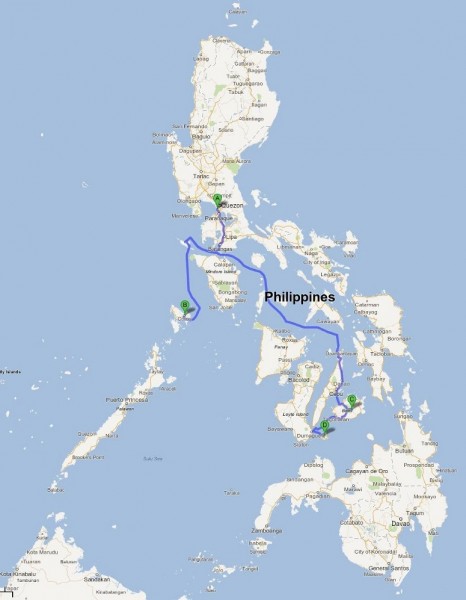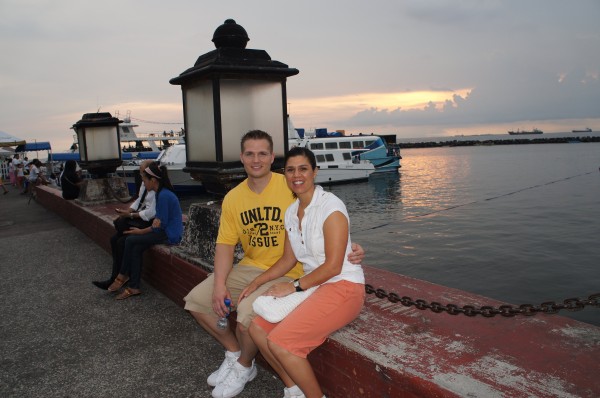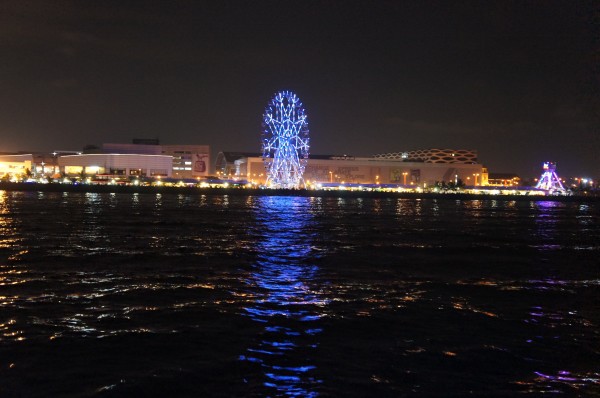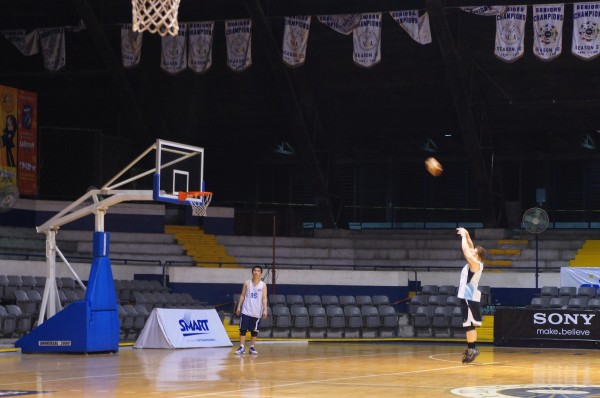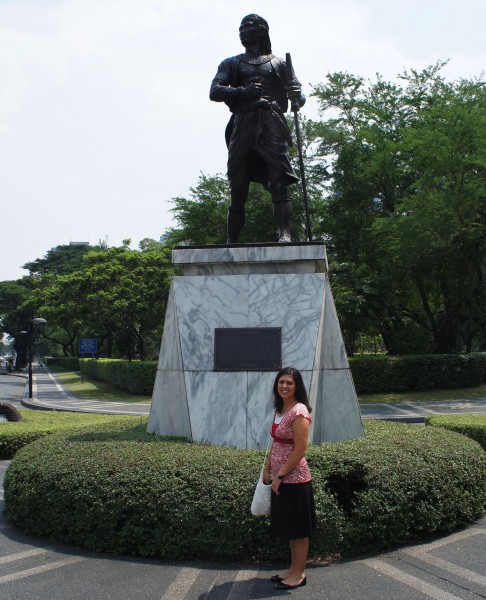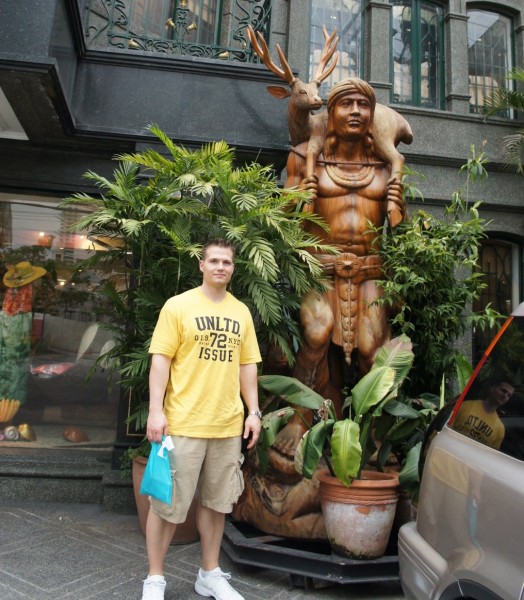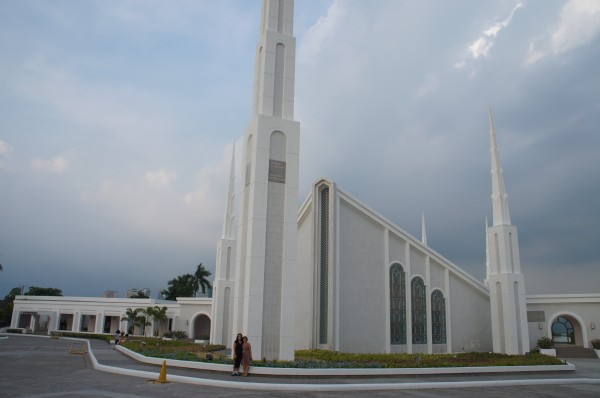—
2014 Update: We’ve now documented this story in a more detailed video, here:
—
2013 Update: Living here in the Philippines, GMA TV Network contacted us and came to our house to conduct interviews and feature our story in a piece they aired on Siquijor Tourism — Video here!
—
Original Story (2012): Of all the places we visited during our three weeks in the Philippines, our one day (two nights) on the small island of Siquijor was by far the favorite. The pristine beaches and lack of crowds / tourists played a role in this, but it was the fact that we started the day unaware of the existence of living relatives in the Philippines, and ended the day surrounded by them! The most we hoped to find was census or baptismal records of people related to Tia’s grandfather, but to our shock and amazement, we actually located his descendants!
Background: Martiniano Pogot Limatoc was born on Siquijor in 1905 and moved to Hawaii in his early twenties. As part of the move he changed his last name to something more “American”: Limary, and went by the nickname Manny. Not long after arriving in Hawaii, he married a lady named Ida who already had at least one child (and they then had more together). At some point down the road, Ida passed away, and then he married Ida’s daughter (his step-daughter): Edith. Martiniano and Edith had more children, one of them named Jeff, who is Tia’s father.
After returning from my third business trip to the Philippines in nine months, I felt impressed to propose to Tia that we spend our summer vacation there instead of Tahiti. It would give me a chance to introduce Tia to all the friends and places I had been telling her about, plus we could venture outside of Manila to some of the world famous beaches my Filipino co-workers had recommended. (Okay, I also wanted to play in the company basketball tournament in Manila)
In addition to the friends, beaches, and basketball — we both knew it would offer a rare opportunity to research more of Tia’s family history up close and in person. We liked the idea of visiting the places her grandparents were from to see if we could find more information about her family. Originally, the data we had said that grandpa was from “Siguigor, Bisayan”, but with a bit of google-fu, we found the proper spelling: “Siquijor, Visayas” (and that it had an infamous reputation for witchcraft, monsters, etc!). Knowing we’d benefit greatly from a translator, we invited my younger brother Andrew to join us on the vacation (having served a 2 year LDS Mission in the Philippines, he maintains a fluency in Tagalog, the national language).

Firefly Cove
The Story: After almost two weeks of travel in Manila and Bohol, we boarded a ferry bound for Siquijor. After a three hour ferry ride, followed by a one hour trike ride, we were greeted by the most amazing accommodations at Firefly Cove. This bed and breakfast is built and owned by an American, right on the beach in eastern Siquijor. Scott and his wife, Cecile, do a great job hosting their visitors and offer excellent food and company. They live in a large house about 30m up the hill from two beach front cottages (two rooms each). We arrived at nearly 10pm and were quite happy to have such a great place to crash for the next two nights, we only had one full day on Siquijor and wanted to make the most of it.
The next morning our plan was to circle the island (via a ~46 mile circumferential road) on rented motor bikes. We wanted to hit the main tourist attractions (beaches, waterfalls, hikes, caves, etc), while still making reasonable attempts at finding information on Tia’s family.
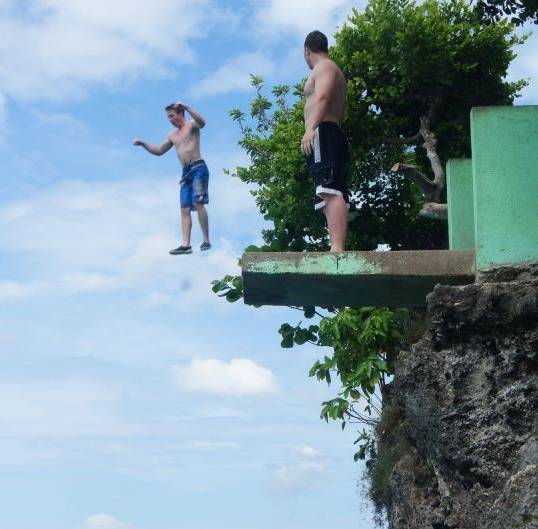
Drew jumping from the high platform
The first place of interest was Salagdoong Beach — a public beach resort about 15 minutes from our B&B. We were pleasantly surprised by the beauty and calm of this well-maintained beach park. With ocean water slides, platform dives, white sand beaches, and picnic tables, you would think this place would be packed, but there was only one other family there at the time of our visit. In a place like Hawaii, this resort would be crawling with tourists and locals.
After some fun in the sun at Salagdoong, we were passing through the small town of Maria on our way to Cambugahay Falls, when my brother Andrew (Drew) pulls over on the side of the road and points to the town hall and says that if we are serious about finding information, we need to stop at every town hall we see and ask for information. With that, we parked and entered the town hall of Maria.
Filipinos have a reputation for their kindness and hospitality, and this rang especially true when we were greeted at the town hall front desk by Jovie — a delightful lady who worked with us over the next hour in search of information. She first took us upstairs to the records office to speak with an administrator who sat behind a large metal desk with nothing electronic in sight. After explaining our mission and flipping through a few pages of an old records book, the lady behind the desk said that she does remember going to a school with someone of the last name Limatoc, but that her records only go back to 1945. She suggested we try baptismal records at the Catholic church across the street, as they go back to the early 1800’s.
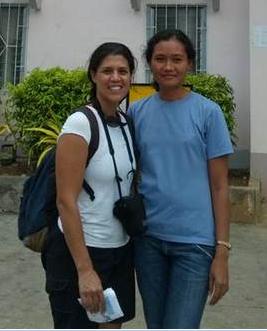
Tia and Jovie
Jovie took us across the street to the Church and helped sift through some very old hand-written records in search of Martiniano Limatoc. While a few Limatoc baptisms were found, there was nothing for Martiniano specifically. The records administrator at town hall believed the Limatocs she went to school with were from the village of Bogo, so Jovie gave us directions along with the name of the village counselor (someone who should know if there are any Limatocs in his village).
Typical of most places in the Philippines, there were no street signs or posted landmarks on the roads we traveled. So we found ourselves stopping every few minutes to ask for directions (there’s only one road, so we really just needed to know if we had arrived in Bogo or not). We eventually arrived in Bogo, then we had to start asking random people if they knew the village counselor (we had his name). After several referrals to “the house two doors down”, we finally located him. At first he appeared confused by our visit (I’m sure he doesn’t get many Americans on his front porch), but after he understood what we were asking of him he seemed quite pleased to offer his assistance.
As he began to explain that indeed there were people in his village who he believes are related to Limatocs, one of them rode by on his bike right in front the house. The counselor waived him down and asked him to guide us to his Aunt’s house. But he was on his way to drop a young girl off at school, so he wasn’t able to help right away. We parted with a vague description of the house, and again found ourselves stopping every 30 seconds trying to figure out if we were in the right place. Luckily the man on the bike returned and directed us to the proper house (we were right in front of it and didn’t know it).
As usual we were greeted with very confused looks and Tia broke right in: “Do you know a man named [showing a piece of paper with the name written down] ‘Martiniano Pogot Limatoc’?” To our surprise, the response was “Yes, he is my grandfather…. [still looking confused]” To which Tia replied in delight “He is my grandfather too!”
At first I was a bit skeptical as to whether or not we were truly referring to the same person, but the lady, Anita, continued to tell the story of how her grandfather left for Hawaii as a young man and eventually married a woman named Edith (she didn’t know much more than that). Again, Tia was able to confirm “Edith is my grandmother!”.
As several more relatives joined the reunion, hearts grew heavy, throats choked up, and a few in the room shed a tear or two. At one point Anita’s daughter, Judith, and I both had our camera phones out video taping as Tia was grilling everyone in the room about their respective families (number of kids, names, ages, etc). Judith also showed me a portrait in their kitchen that clearly showed the same Martiniano we’ve seen in photos back home.
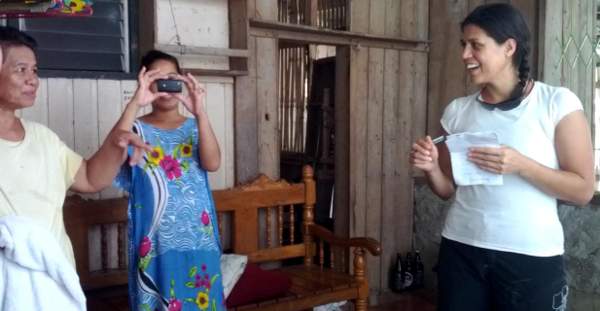
Camera phones in full effect
Anita Limatoc (now Grado) went on to explain that Martiniano had married at a young age before leaving the island and even had a son with his wife in the Philippines. When he left to Hawaii, his wife was fearful that the boat would sink, so much so that she refused to join him. Apparently she was also pregnant with his second son (it’s unclear if he knew this at the time of his departure). Those two sons (now deceased) grew up and married on Siquijor.
The first of Martiniano’s sons on Siquijor had only a single child, Anita, but the second son had three daughters. As the afternoon went on, they sent someone to fetch saltine crackers and a coke for us from a street vendor, and we ended up meeting the other two living granddaughters of Martiniano and his Filipina wife (Regina): Sylvia and Estrella. We also met many of their kids — one of whom, Sherwin, graciously offered to be our tour guide for the day. Anita said that Martiniano stayed in touch with his first wife Regina for a few years after leaving Siquijor, and that he also visited the island 35 years ago with Edith and his youngest son Tommy (Tia’s uncle, who was too young to remember much of the visit).

From left to right: Matt, Judith, Anita, Sylvia, Marvin, Faustina, Estrella, Tia, Girlie
After a lengthy visit, Cousin Sherwin took us to Cambugahay Falls, The Enchanted Balete Tree, Tulapos Marine Sanctuary, and San Juan de Capilay Lake (which were all great). Like most Filipino men, Sherwin and his relatives are avid basketball players. They welcomed the proposal of a family game at the village court after dinner. I’m sure it was a comical sight to watch Drew and I struggle due to the heat and humidity, not to mention the great speed of our Filipino cousins — but I have to recognize Drew for playing Filipino style: in flip-flop sandals (awesome book). As we played some fairly competitive games, Tia caught up with family members on the sidelines.
The Aftermath: In retrospect, this single day of the three week vacation made it worth every penny we spent on this trip. We now have knowledge of, and a connection to, a previously unknown branch of our family. A few of our new-found cousins use Facebook (usually via internet cafes in town), and we’ve since added them as friends and exchanged messages. We’re also spreading the news to the “Hawaiian side” of the family and hoping to rally enough interest for a return trip in the next few years.
2013 Update: Living here in the Philippines, GMA TV Network contacted us and came to our house to conduct interviews and feature our story in a piece they aired on Siquijor Tourism — Video here!
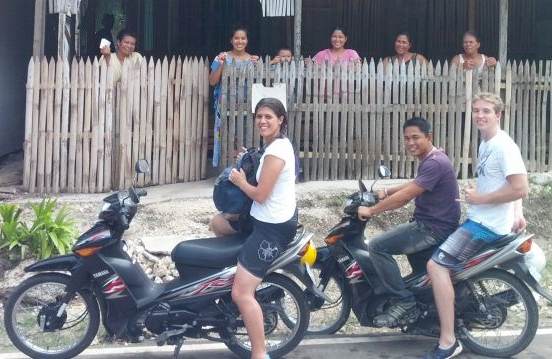
Heading off on a tour of Siquijor with Cousin Sherwin
Below is a family tree I created which shows our relation to the cousins we met in person. I’ve also included a set of slides that I put together when sharing this story with co-workers.
(click any of the images for larger versions)
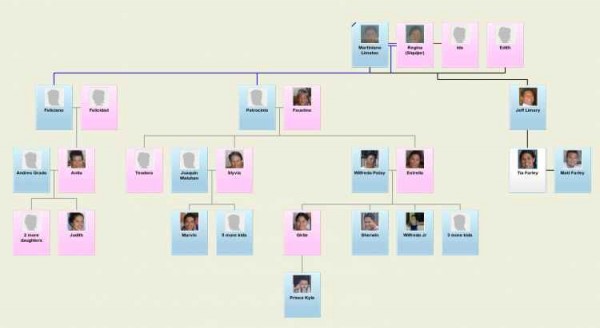
Click for larger version
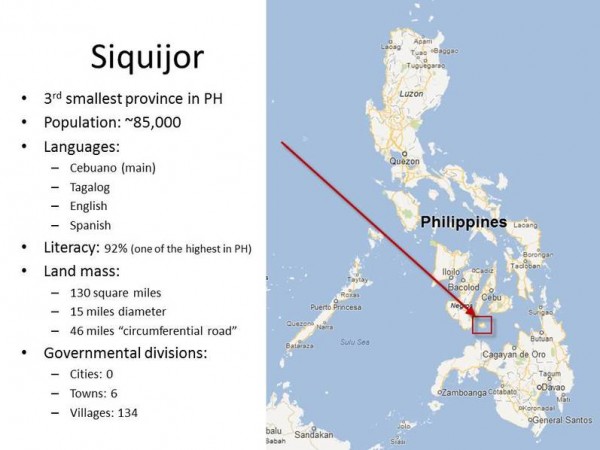
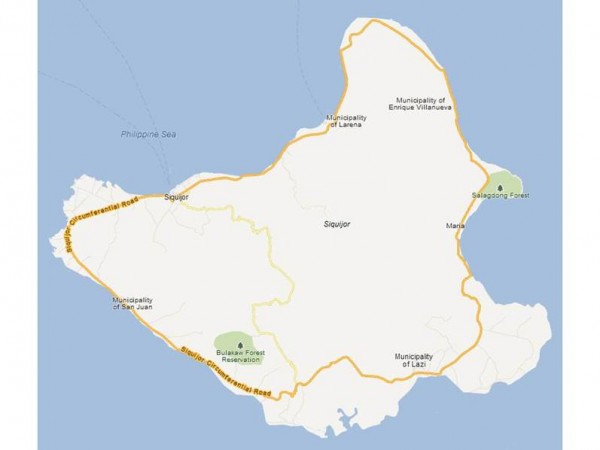
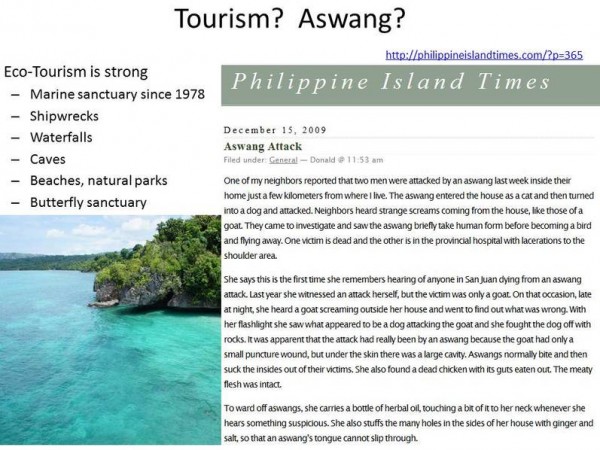
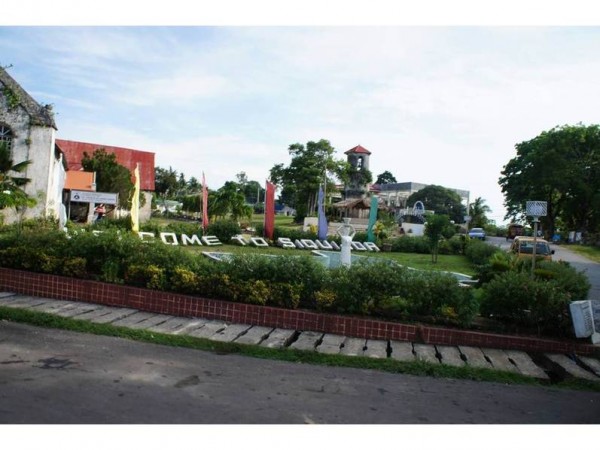
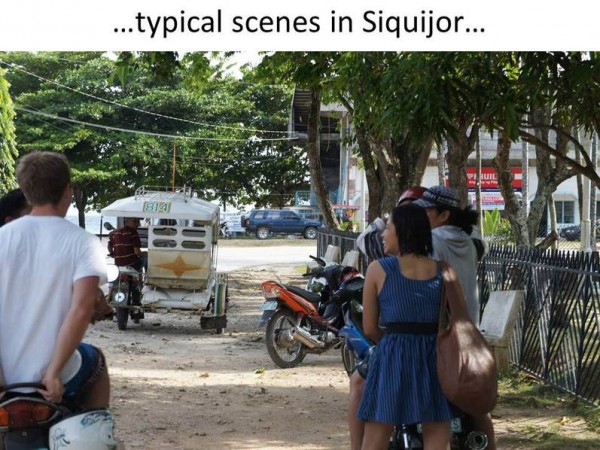
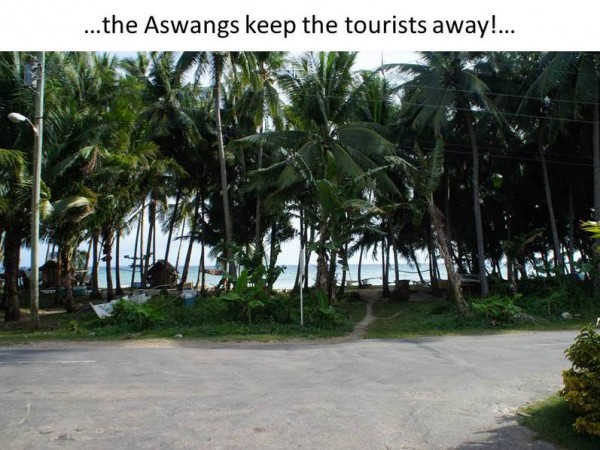
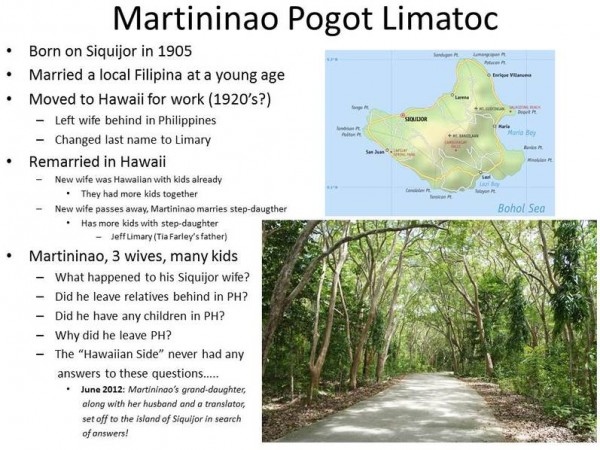
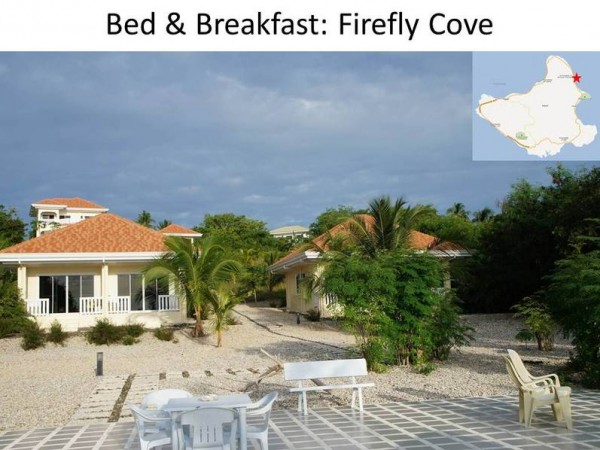

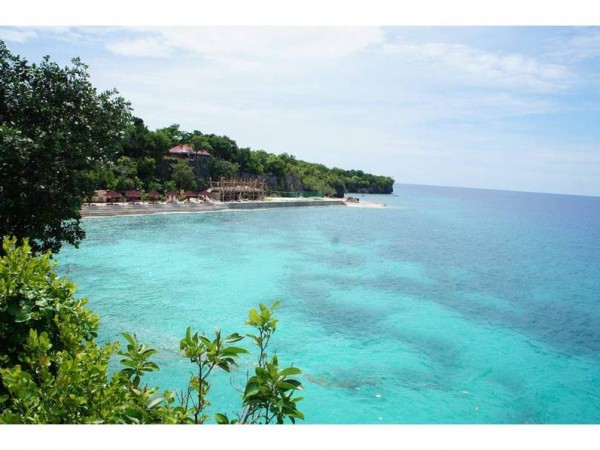
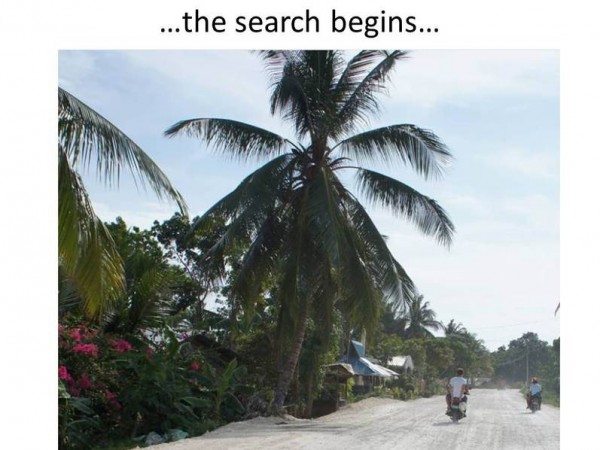
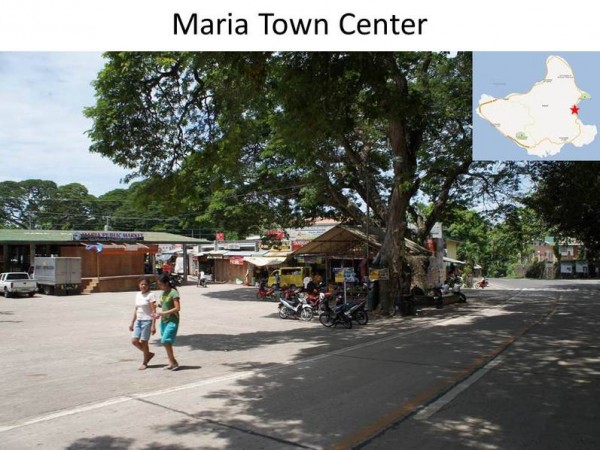
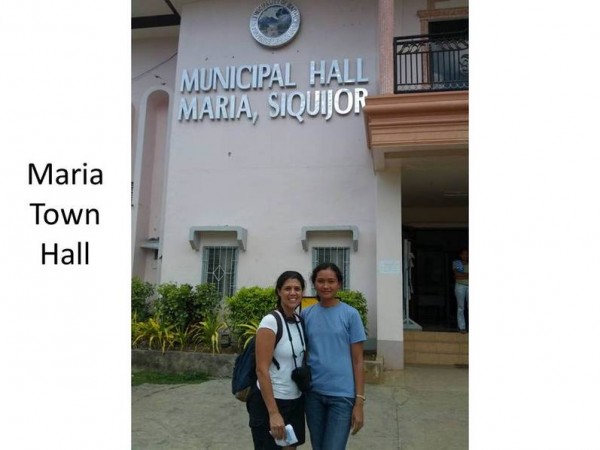
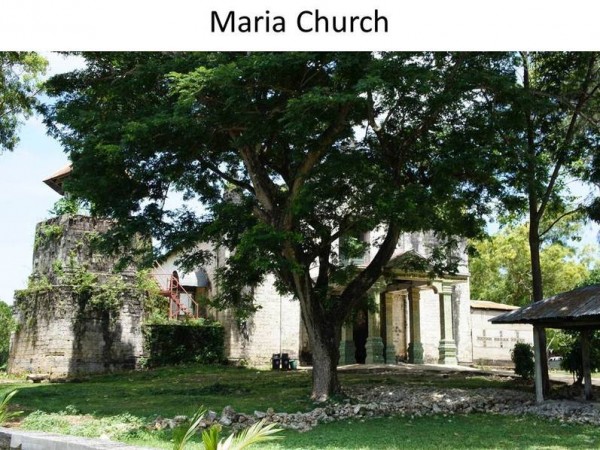
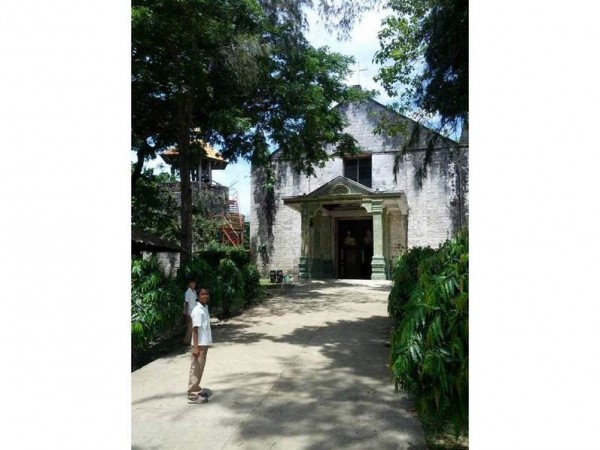

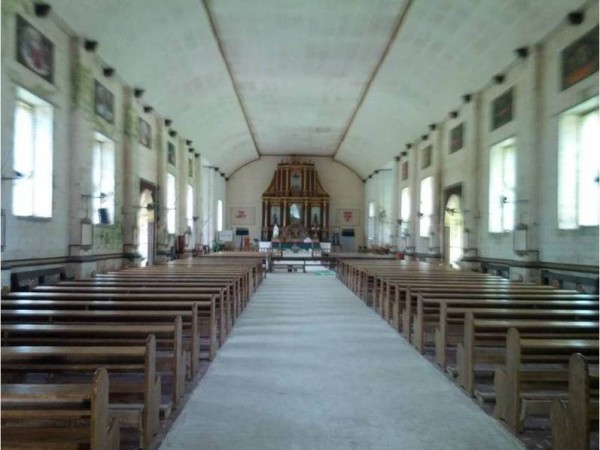
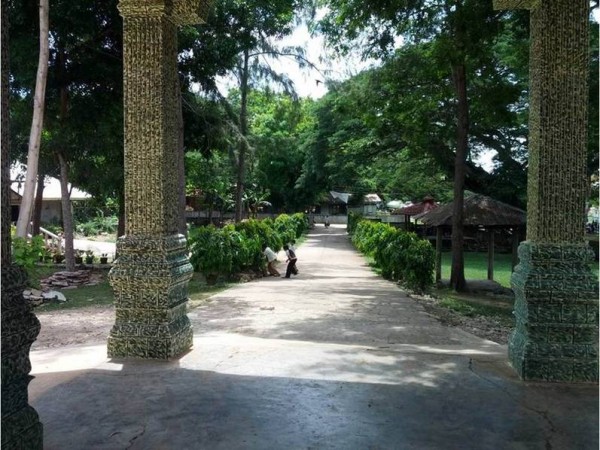
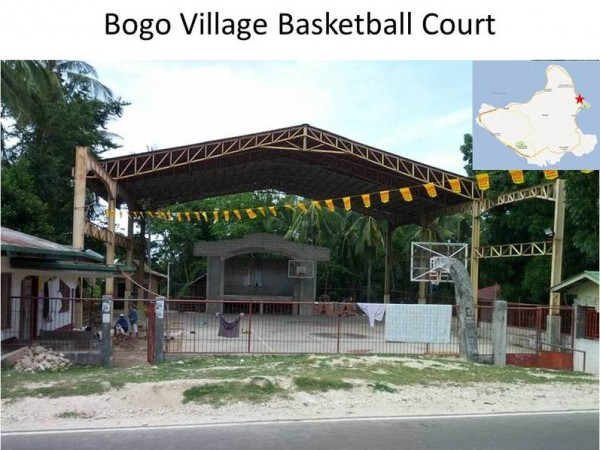
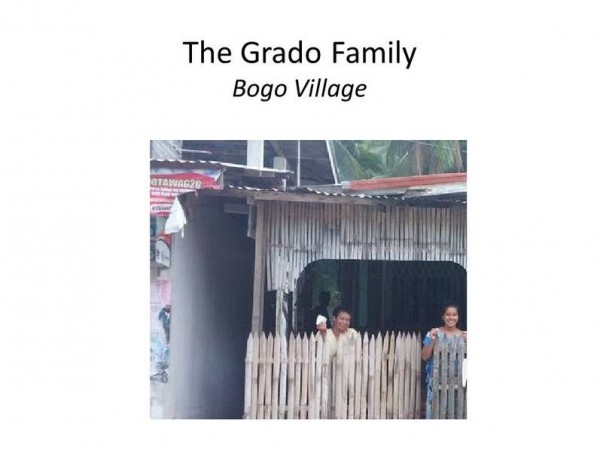
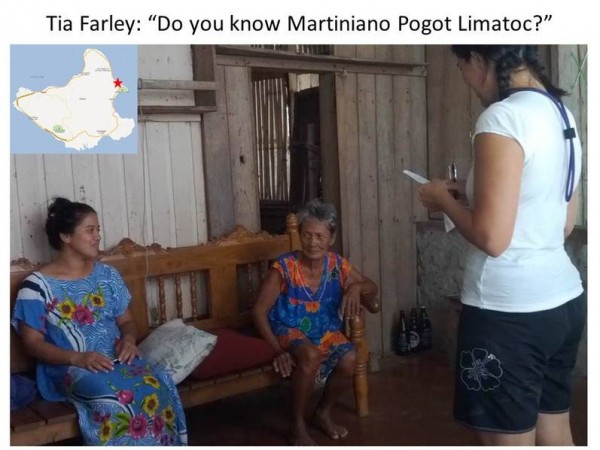
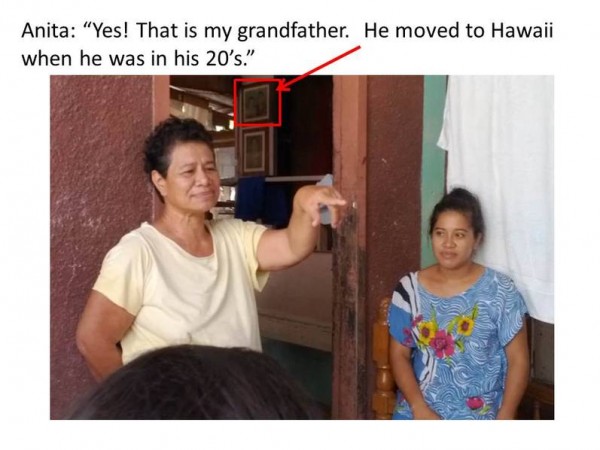
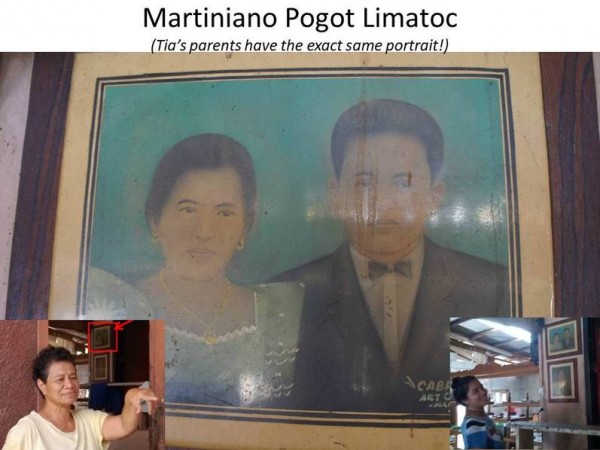
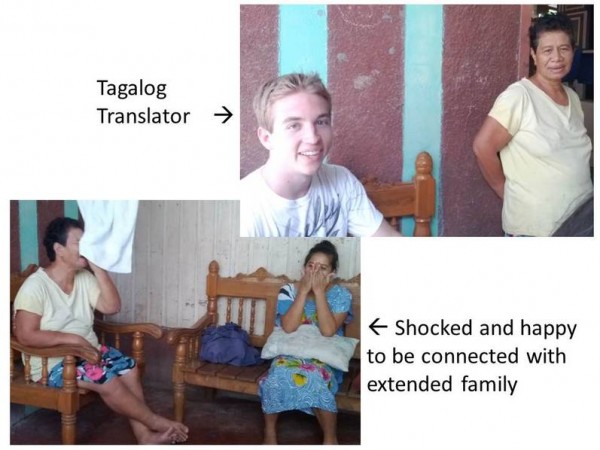
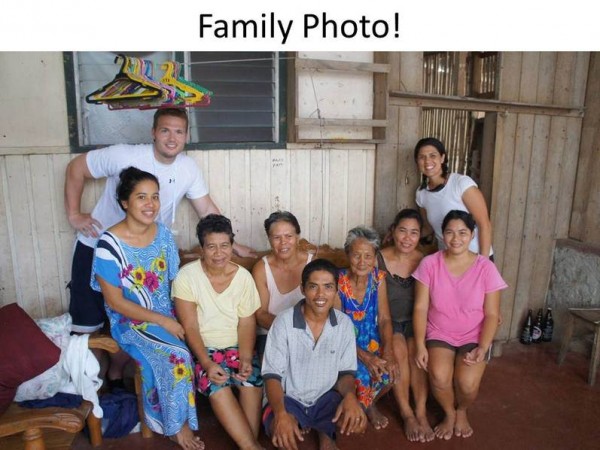
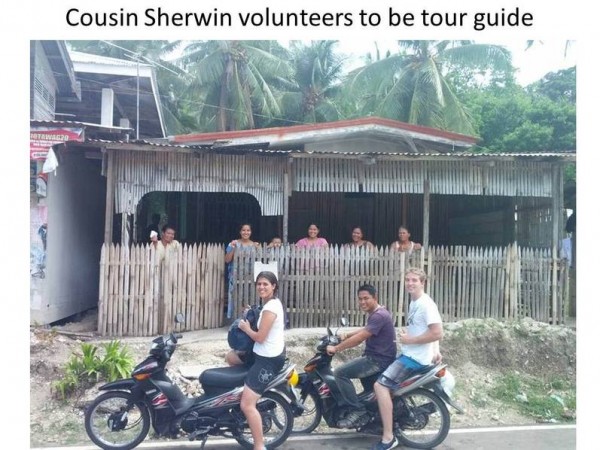
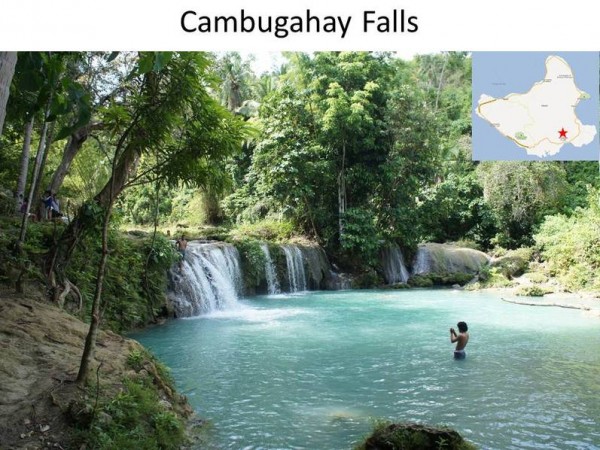
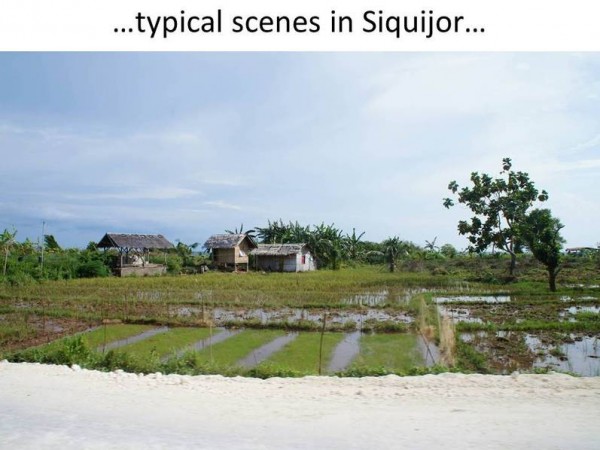
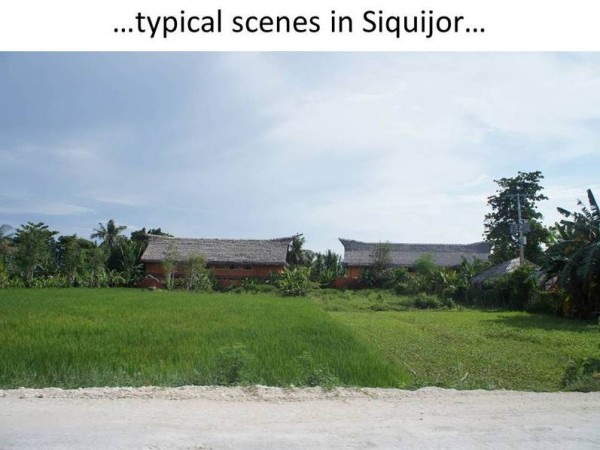
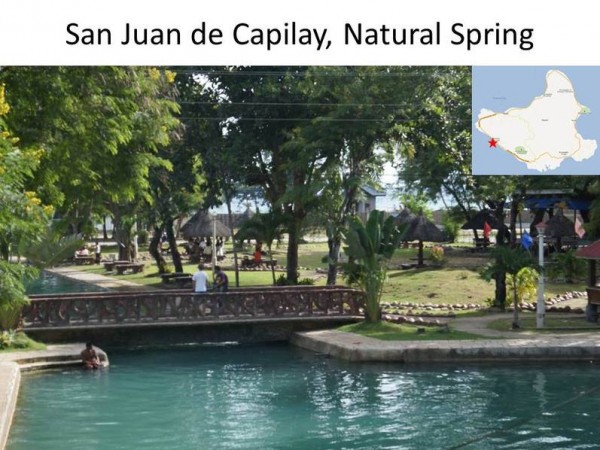
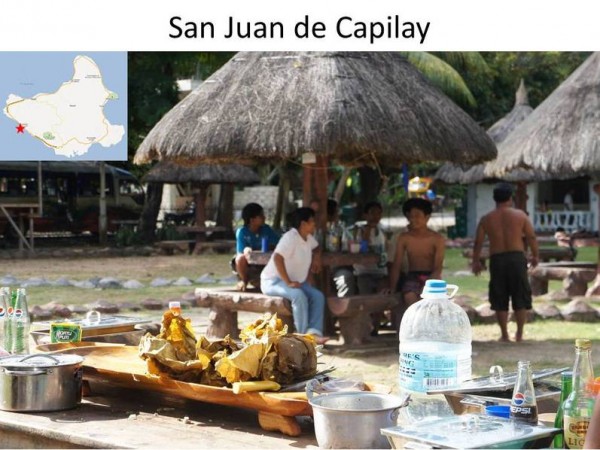
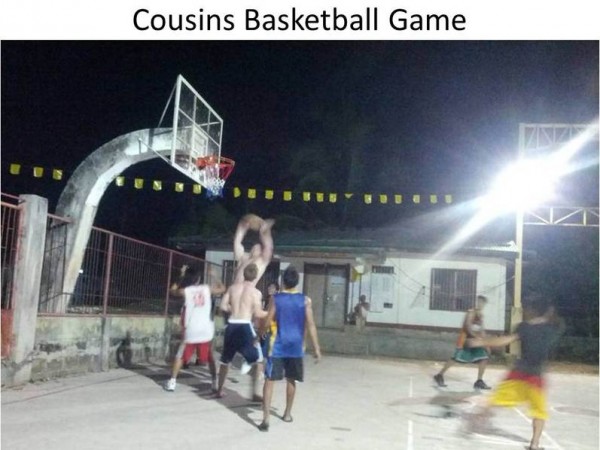
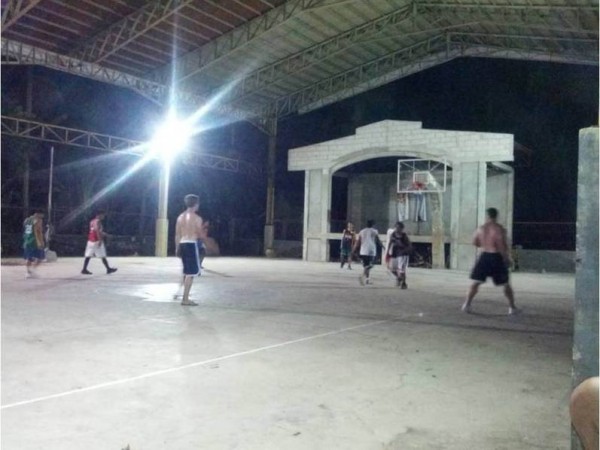
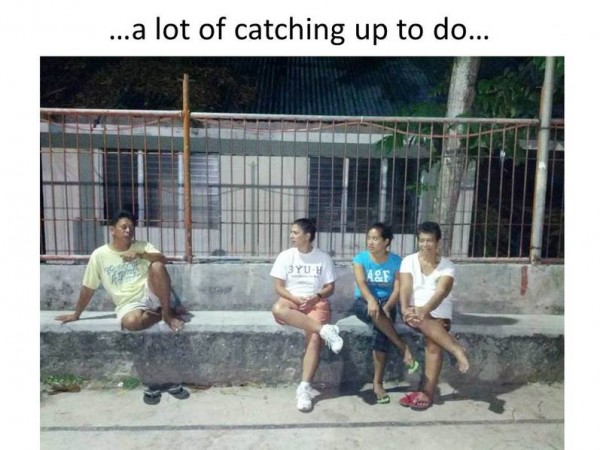
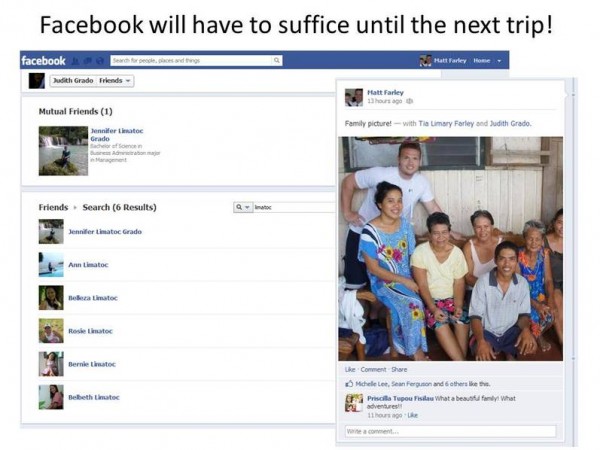
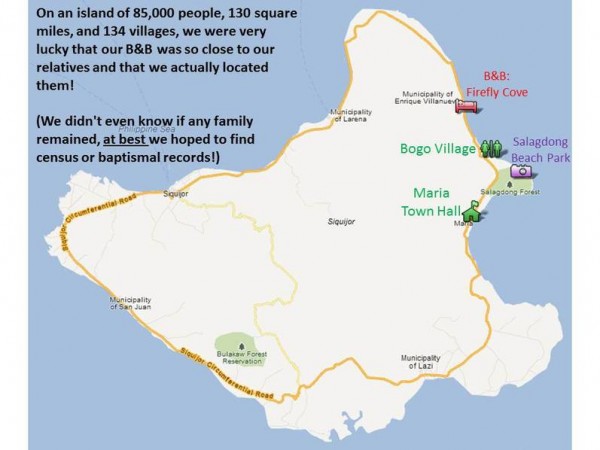
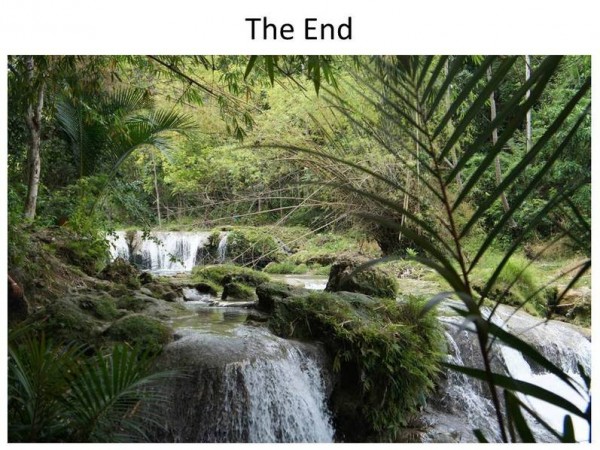
More pictures: Siquijor Photo Album
2013 Update: Living here in the Philippines, GMA TV Network contacted us and came to our house to conduct interviews and feature our story in a piece they aired on Siquijor Tourism — Video here!
2014 Update: We’ve now documented this story in a more detailed video, here:
